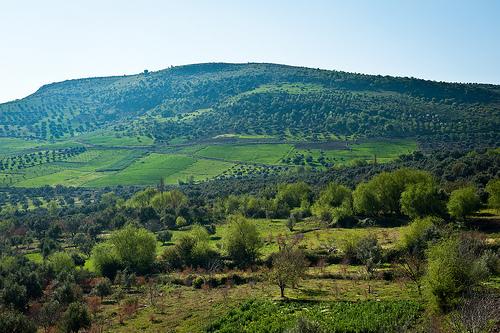Data Providers

GIIF implementing partners use a variety of data providers for historical and settlement weather and other index data, including:
1) Ground weather stations set up by the implementing partners, and some owned by governments
2) Satellite technology
3) Ministries of Agriculture meteorological departments for area yield data
4) Richter scale for seismic activity
Limited ground weather data and infrastructure motivated GIIF’s implementing partners to seek partnerships with remote sensing scientists and technical specialists with special skills in satellite data processing and product design. Most of the GIIF implementing partners are using a mix of weather stations and satellites. Ground weather station data can be used directly to trigger payouts or for verification of localized micro climates. The use of satellite data is imperative given the low weather station density of micro-climates in most developing countries, and most weather stations in developing countries do not have the required extensive historical weather data needed for actuarial analysis to design insurance products.
In Africa, for example, which covers a fifth of the world’s total land area, the density of the continent’s ground weather stations is much lower than the minimum recommended by the World Meteorological Organization. In addition, the weather station infrastructure has also been deteriorating over the last decade with an estimated one in four weather stations not working properly. Efforts are being made by GIIF partners and governments to improve ground observations but satellite data is critical to the need for temporal and spatial coverage of weather information.
There are many types of satellite-derived products available, each with their own location-specific advantages and disadvantages. In order to create robust and accurate index insurance products, it is critical that these partners have reliable ways to measure or estimate crop growth and loss due to weather over large areas. This isn’t possible using only rain gauges and crop-yield data, but can be accomplished with expansive remotely-sensed datasets of environmental information. However, it’s important to use the best information from multiple sources to get the most reliable and accurate account of ground conditions. Hybrid index products are proving the best designs and rely on a combination of weather stations, area yield data and satellite data.
GIIF implementing partners work with a variety of satellite technology and contract design specialists who work with weather and catastrophic data from Meteosat and NASA to design index insurance products. Most satellite sensors measure rainfall and vegetation but current research attempts to also examine evapo-transpiration, temperatures and soil moisture. Satellite design specialists working with GIIF partners include
- Asia Risk Centre
- CaribRM
- CIRAD [CIRAD is a French research center working with developing countries to tackle international agricultural and development issues, and a key technical partner in West Africa. See GIIF projects in Senegal and Benin.]
- EARS
- International Research Institute for Climate and Society (IRI), Columbia University
Through these partnerships, innovative weather and catastrophic data solutions - combining ground data through weather stations and satellite technology - are being tested. High quality data is important but just as important are high quality climate services and trained specialists to connect the weather data to practical applications on the ground.
More information on using Satellite Data for Index Insurance
